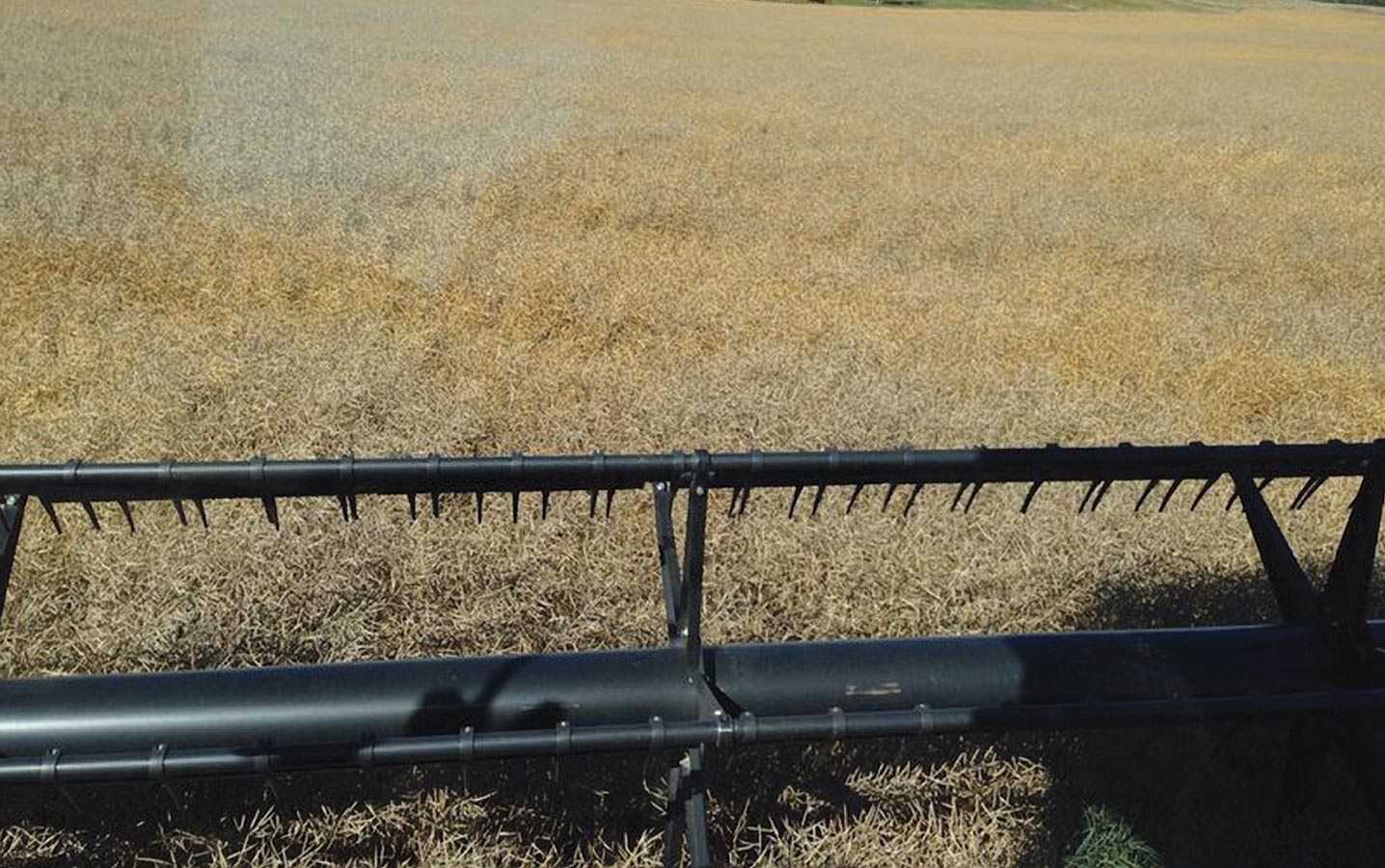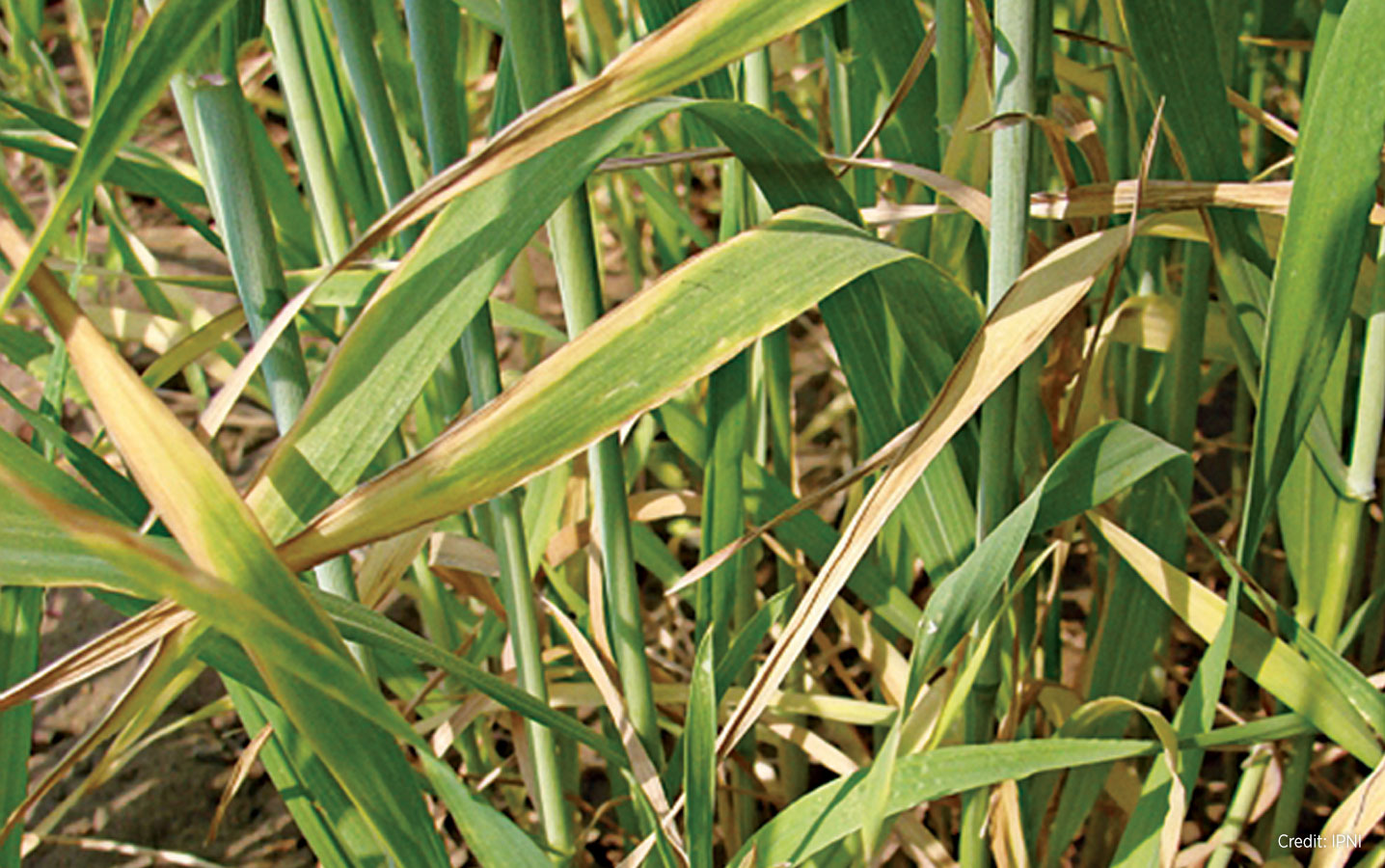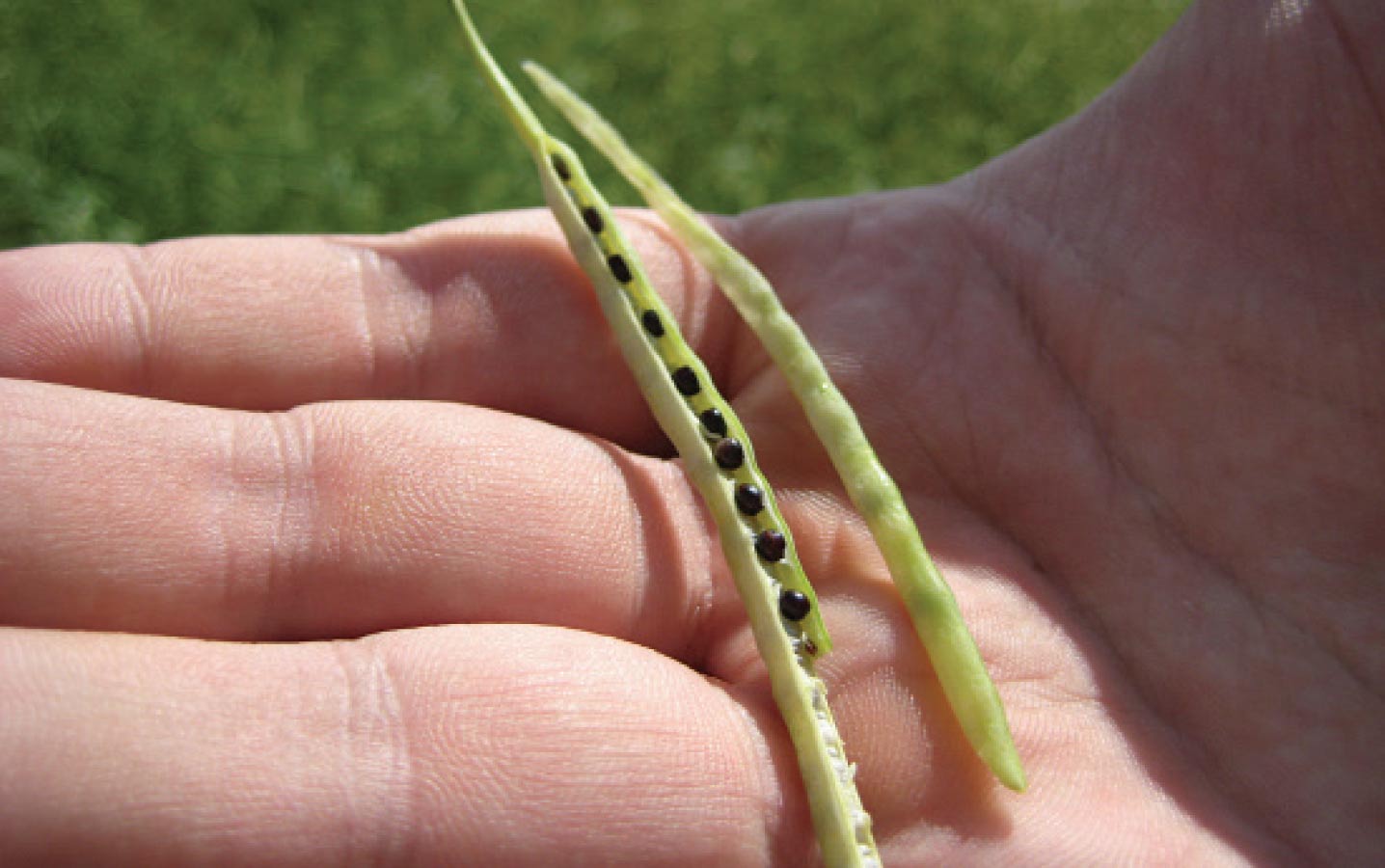

Key practice: Reducing harvest losses starts with strong crop establishment, adequate fertilization, early weed control and frequent scouting. Key research: Liu, C., Agriculture and Agri-Food Canada (AAFC), et al. “Evaluation of On-Farm Crop Management Decisions on Canola Productivity.” Canadian Journal of Plant Science (2014). Watson, P.R., Alberta Research Council, et al. “Canola Harvest Management Study.”...
Read More Key practice: Uniform stands, with the same number of plants per square foot across the field and with plants at the same growth stage, are proven to increase yields. Key research: Angadi, S.V., Agriculture and Agri-Food Canada (AAFC), et al. “Yield Adjustment by Canola Grown at Different Plant Populations under Semiarid Conditions.” Crop Science 43...
Read More 
Most canola crops grown in Western Canada are not short of potassium because most Prairie soils have sufficient potassium levels. Sandy soils with low clay content are most likely to be short of potassium, especially if those fields have been in forages where a large percentage of the biomass is removed each year. Cereals in...
Read More 
Growing spring canola in the moderately short growing season of the Canadian Prairies always tests the tipping point between maximum maturity time (to produce maximum yield) and avoiding the first frost. With growers taking on more acres than ever, the time crunch at harvest can make it tempting to begin swathing early. But the yield...
Read More Early spring seeding typically benefits canola yield and quality. An early planting date enables the crop to take advantage of good spring moisture, avoid some heat stress at flowering, and reduce the risk of fall frost damage. Key practice: Crops seeded early (in late April or early May, depending on the region) will out-yield canola...
Read More







